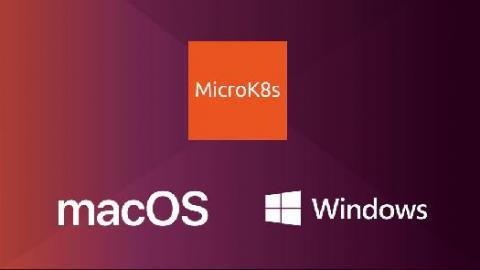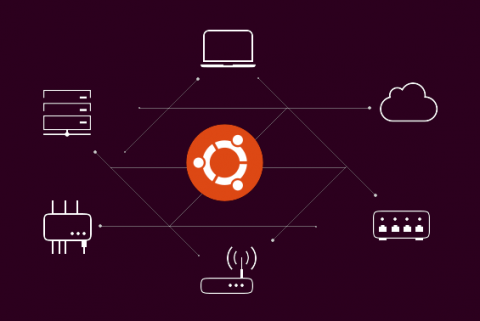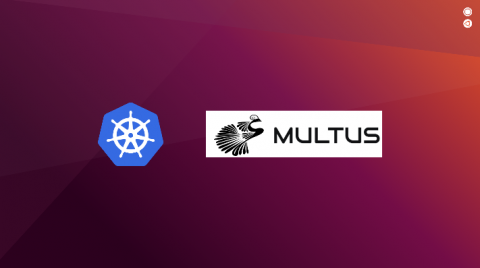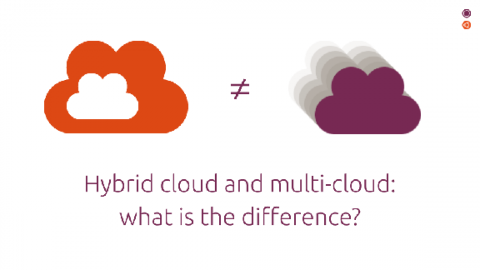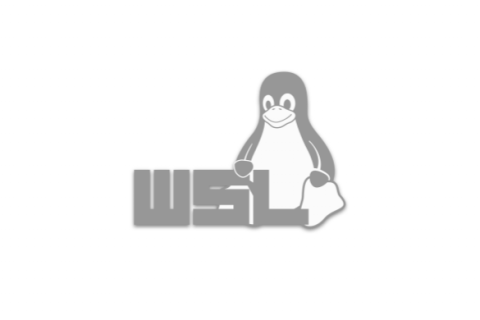The Ubuntu Appliance portfolio
We are delighted to share a new initiative – the Ubuntu Appliance portfolio. Together with NextCloud, Mosquitto, Plex, OpenHAB and AdGuard, we have created a new class of Ubuntu derivatives: specialised appliance images that do one thing beautifully. Ubuntu Appliances transform a Raspberry Pi or PC into a secure, self-updating solution, free of charge. The Ubuntu Appliance mission is to enable secure, self-healing, single-purpose devices.






